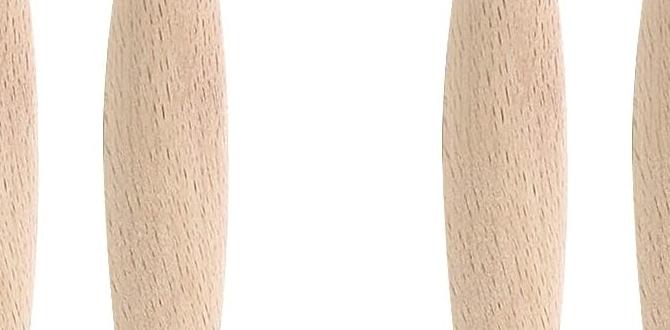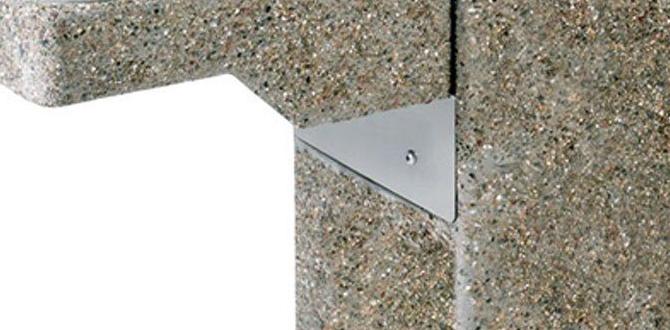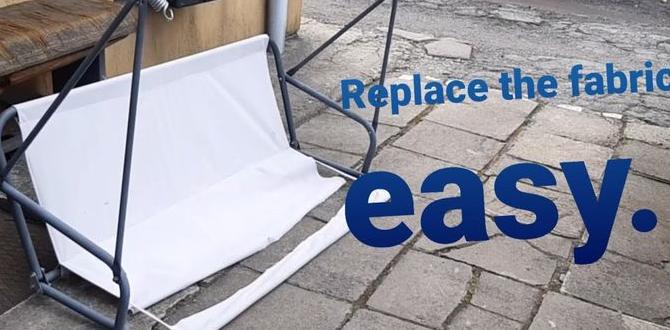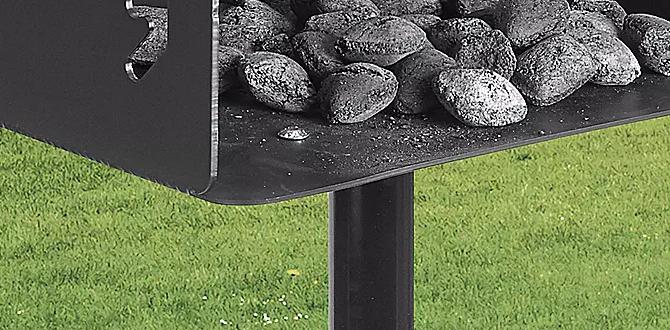Have you ever dreamed of growing your own vegetables? Imagine picking fresh tomatoes for a salad from your backyard. Building raised beds for gardening can make that dream come true. Raised beds are a simple way to create a beautiful garden. They are easy to build and can fit any space.
But where do you start? You might wonder what materials you need or how to choose the best spot in your yard. Here’s a surprising fact: raised beds can help keep pests away and allow for better drainage. This means your plants grow healthier and stronger.
In this article, we will guide you through the fun process of how to build raised beds for gardening. We will share easy steps and tips to help you create your dream garden. So, are you ready to dig in and learn something new?
How To Build Raised Beds For Gardening: A Step-By-Step Guide

How to Build Raised Beds for Gardening
Building raised beds can transform your gardening experience. Start by choosing the right location. Ensure good sunlight and drainage. Use untreated wood or bricks for durability and safety. Want to grow your own veggies? Fill the beds with a rich soil mix for healthy plants. You can customize the height and size to suit your needs. Raised beds can also help keep pests away. Imagine enjoying fresh produce right from your backyard! Have you thought about starting this fun project?Benefits of Raised Garden Beds
Enhances soil quality and drainage. Reduces weed growth and pest issues.
Raised garden beds are fantastic for many reasons. First, they improve soil quality. The soil is easier to control, which can make plants grow better. Additionally, raised beds help with drainage. Water moves freely, preventing root rot. Second, they cut down on weeds and pests. It’s easier to keep weeds away, and pests find it harder to attack plants. Your garden flourishes with fewer problems. This means more fun and bigger harvests!
Why should I use raised beds?
Raised beds make gardening easier. They improve soil quality and keep weeds away. Also, they prevent pest problems, leading to healthier plants.
Materials Needed for Raised Beds
Types of wood and alternatives (e.g., cedar, reclaimed wood). Soil composition and amendments.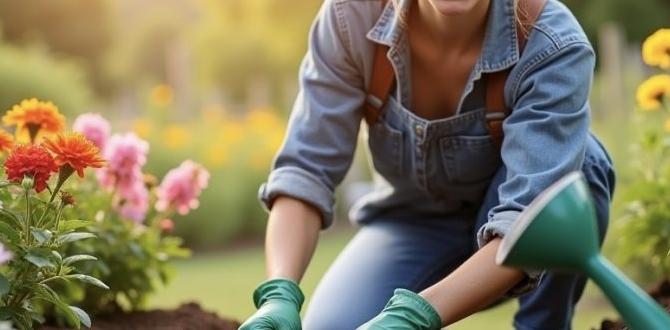
Building raised beds for gardening is fun and rewarding. First, choose the right materials. Popular woods are cedar and redwood. They resist rot, so they last longer. If you want to save money, reclaimed wood is great, too. It adds character to your garden.
Next, think about the soil inside the beds. A mix of topsoil, compost, and peat moss works well. This will help plants grow strong. You can also add fertilizer for extra nutrients. Here’s a quick list:
- Cedar or Redwood
- Reclaimed Wood
- Topsoil
- Compost
- Pear moss
- Fertilizer
What wood is best for raised garden beds?
The best wood for raised garden beds is cedar because it lasts longer and resists insects.
What should I include in my soil mix?
In your soil mix, use topsoil, compost, and peat moss for healthy plants.
Choosing the Right Location
Sunlight requirements for different plants. Accessibility for maintenance and harvesting.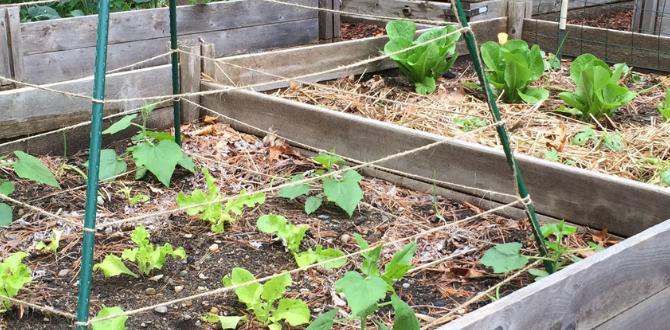
Finding the perfect spot for your raised beds is key to a thriving garden. Most plants need at least six hours of sunlight. So, look for that sunny spot! Place your beds where you can easily water and harvest. Imagine running outside, grabbing fresh veggies, and not tripping over a garden hose. That would be a funny sight! Consider listing your plants’ sunlight needs in a table:
| Plant | Sunlight Needed |
|---|---|
| Tomatoes | 6-8 hours |
| Lettuce | 4-6 hours |
| Carrots | 6-8 hours |
Choosing a sunny, accessible spot can make your garden fun and fruitful!
Designing Your Raised Bed
Dimensions and height considerations. Layout options for various planting techniques.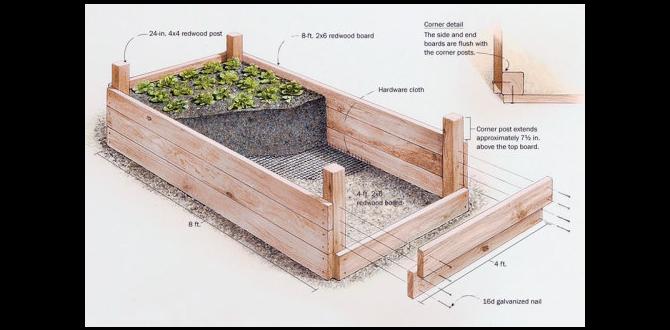
Creating the right raised bed takes careful thought. Dimensions matter a lot! Most beds are 4 feet wide. This size allows you to reach the center easily. For height, 12 to 18 inches works well for planting most vegetables. Here are some layout options:
- **Square Foot Gardening:** Small squares for different plants.
- **Row Gardening:** Straight rows for easy access.
- **Companion Planting:** Mix plants that help each other grow.
Choosing the best design makes your garden thrive!
What are the best dimensions for a raised bed?
The best dimensions for a raised bed are usually 4 feet wide and 12 to 18 inches tall. This size helps you reach every corner easily and ensures good soil depth for roots.
Step-by-Step Guide to Building Raised Beds
Preparing the site and gathering materials. Assembly process and securing the bed.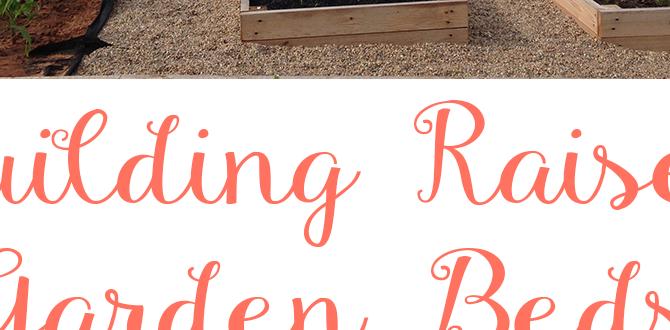
To get started with your raised bed, prepare the site first. Choose a sunny spot in your yard. Make sure the ground is flat and clear of rocks. Then, gather your materials. You’ll need wooden planks, screws, a drill, and some soil. Next, assemble the bed by connecting the wooden sides to form a box shape. Secure the corners with screws for strength. Lastly, fill the box with soil. Your garden is ready for planting!
What materials do I need to build raised beds?
To build raised beds, you’ll need: wooden planks, screws, a drill, and soil.
Materials:
- Wooden planks
- Screws
- Drill
- Soil
Filling Your Raised Bed
Layering techniques for soil and mulch. Best plant combinations for optimal growth.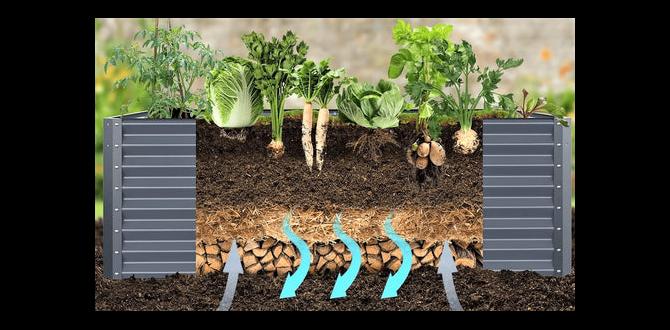
To create a healthy raised bed, start by layering. Use different materials for better soil health. Combine organic matter like compost with lighter materials such as straw. This mix helps plants thrive.
- First Layer: Place coarse materials like small rocks at the bottom for drainage.
- Second Layer: Add straw or leaves, which break down and enrich the soil.
- Top Layer: Use a rich soil mix for planting. It holds nutrients well.
For best results, plant combinations matter. Some plants help each other grow. For instance, tomatoes and basil are great together. They help each other with pests and improve flavor. Planting in groups creates a thriving garden.
What are good plant combinations for raised beds?
Tomato and basil, carrots and onions, or beans and corn work well together. These pairs boost growth and keep pests away.
Maintenance Tips for Raised Beds
Watering strategies and irrigation options. Seasonal care and crop rotation practices.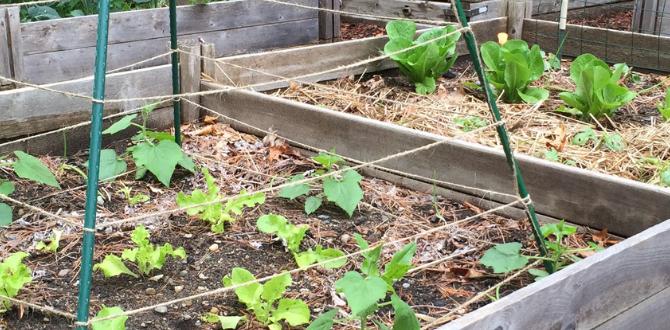
Keeping raised beds happy requires a little TLC. First, watering is key. Plants love a good drink, but be careful not to drown them! Water deeply and less frequently to encourage strong roots. You can set up simple drip irrigation or use a soaker hose for easier watering. Rotate crops seasonally to keep the soil healthy. For example, plant tomatoes one year, and follow with beans the next. This helps fight pests and makes plants stronger.
| Crop Rotation Schedule | First Year | Second Year | Third Year |
|---|---|---|---|
| Tomatoes | ✔️ | ||
| Beans | ✔️ | ||
| Carrots | ✔️ |
Remember, healthy soil makes for happy plants! So give your beds some love and watch your garden thrive!
Common Mistakes to Avoid
Misjudging dimensions or soil depth. Neglecting drainage and sun exposure needs.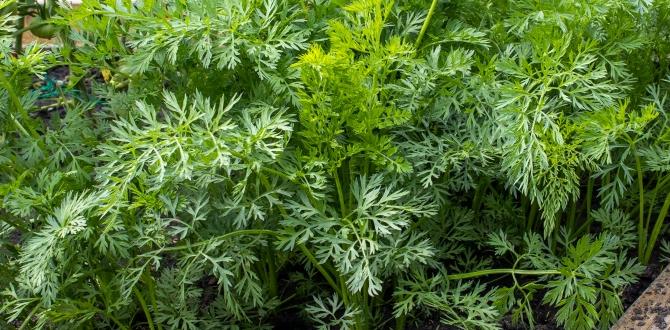
Building raised beds can be fun, but there are pitfalls to dodge! First, measuring wrong can lead to chaos. Is your soil too shallow? Plants will sulk. Aim for a depth of at least 12 inches. Next, think about drainage. Waterlogged roots are not happy roots! Ensure your bed has drainage holes. Also, consider sun exposure. Shady spots can turn your garden into a sad place. Place your raised bed where it will soak up the sun’s rays. Remember, happy plants mean a happy gardener!
| Common Mistakes | How to Avoid |
|---|---|
| Wrong dimensions | Measure twice, plant once! |
| Neglecting drainage | Check for holes & slopes. |
| Ignoring sunlight | Find the sunniest spot! |
Conclusion
Building raised beds for gardening is fun and rewarding. Start by choosing a good location and gathering materials like wood or bricks. Make sure to fill your beds with quality soil. You can grow plants, flowers, or vegetables in them. Now that you know the basics, grab your tools and start building! For more tips, explore more gardening resources.FAQs
What Materials Are Best For Constructing Durable Raised Garden Beds?The best materials for strong raised garden beds are wood, metal, and concrete. Untreated cedar or redwood wood lasts a long time. Metal, like steel, is strong and doesn’t rot. Concrete blocks are heavy but very sturdy. Choose what you like best!
How Deep Should Raised Beds Be For Optimal Plant Growth?Raised beds should be about 12 to 18 inches deep for the best plant growth. This depth gives roots plenty of space to grow. It also helps with good drainage, so plants don’t get too much water. You can even go deeper for plants with bigger roots, like carrots. Happy gardening!
What Are The Ideal Dimensions For Raised Garden Beds To Maximize Space And Accessibility?The best size for raised garden beds is about 4 feet wide and 2 to 3 feet tall. This way, you can easily reach the middle without stepping in the bed. A height of 2 to 3 feet helps you garden without bending too much. You can make them longer if you want to have more plants, but keep the width at 4 feet.
How Do You Ensure Proper Drainage In Raised Beds To Prevent Waterlogging?To keep water from pooling in your raised beds, we can add drainage holes in the bottom. You should fill the bottom with small rocks or gravel. This helps water flow away easily. Lastly, avoid planting in heavy, wet soil. Using lighter soil helps keep everything dry!
What Type Of Soil Mix Should Be Used In Raised Beds For Different Types Of Plants?For raised beds, you should use a mix of soil, compost, and other materials. A good recipe is one part soil, one part compost, and one part other stuff like peat moss or coconut coir. This mix helps plants grow by giving them nutrients and good drainage. For veggies, try to add a little more compost. For flowers, a balanced mix works well, too!




